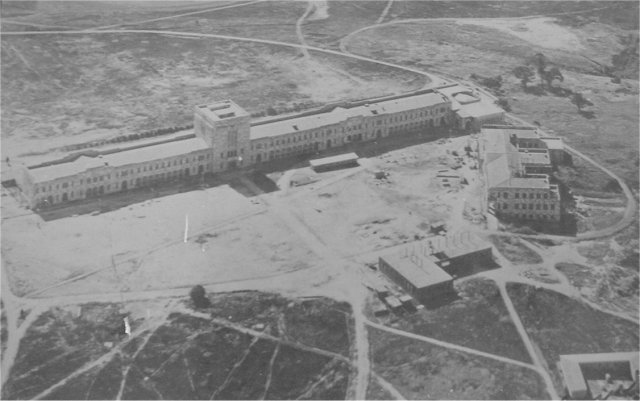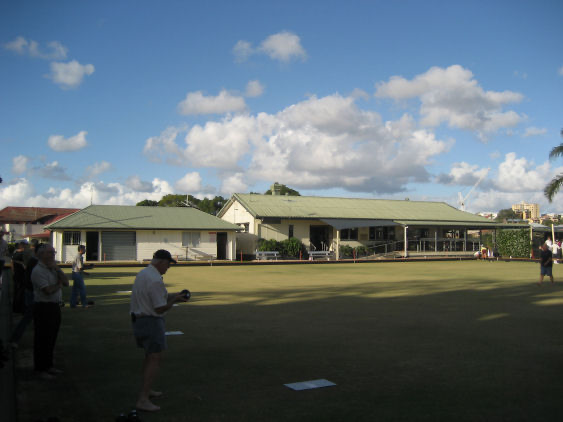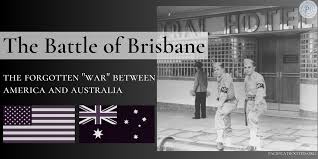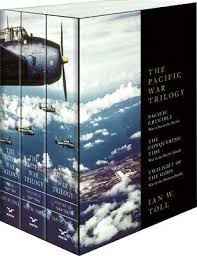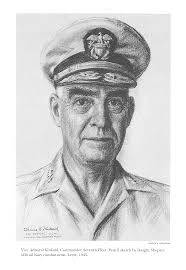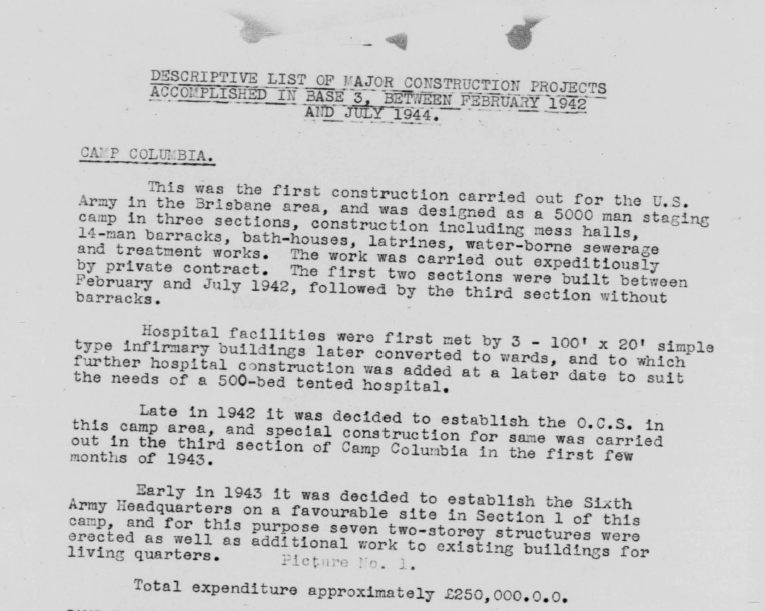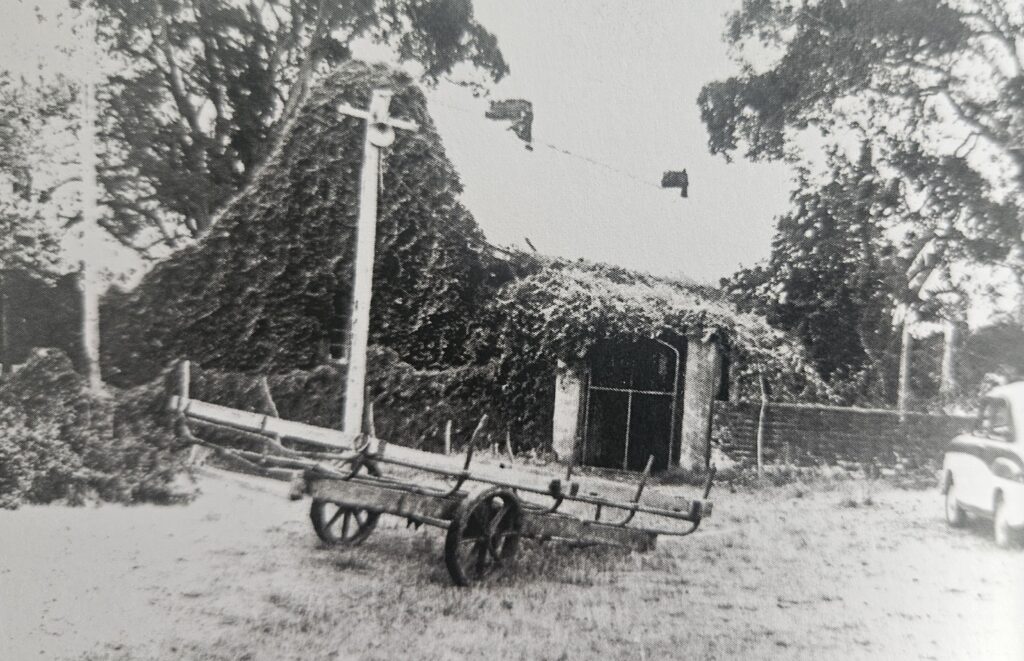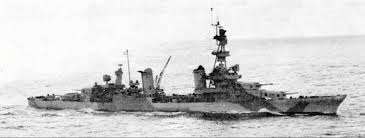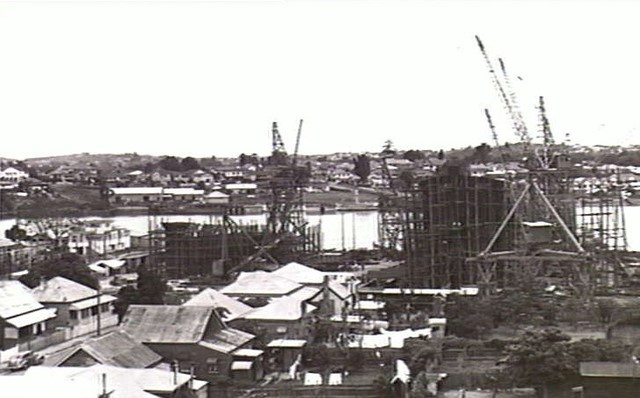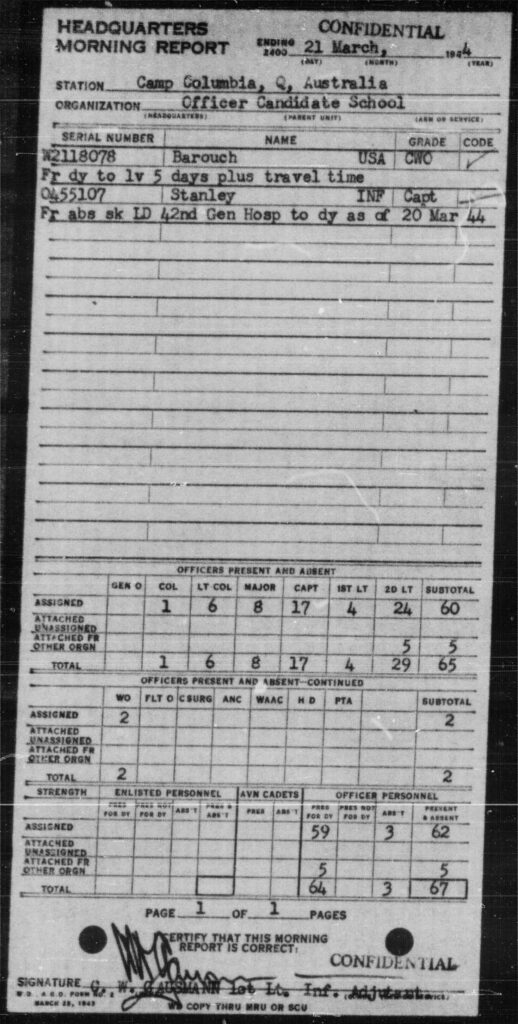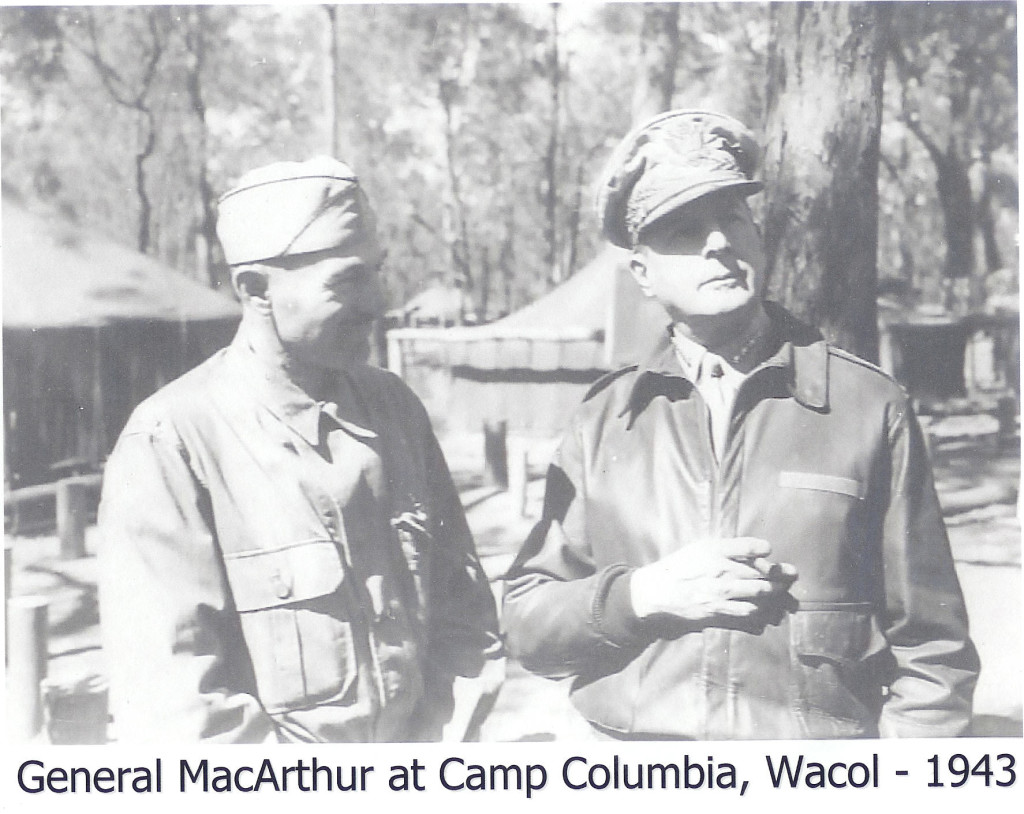WWII Symposium Allied co-operation in Brisbane moved to UQ St Lucia
The University of Queensland is a supporter of the Camp Columbia Heritage Association. They have conducted archeologic research at the site of the former camp. The St Lucia Campus was during WII the HQ of the South-West Pacific Area (SWPA) Advanced Land Headquarters led by Australian General Thomas Blamey, who was Commander-in-Chief of the Australian Military Forces […]
WWII Symposium Allied co-operation in Brisbane moved to UQ St Lucia Read More »

